This commentary was originally published in Bloomberg View on July 11, 2017.
“I need to explain why this expense makes sense for a family in Grand Rapids, Michigan,” said Mick Mulvaney, President Donald Trump’s budget director. He was attempting to justify why the administration’s 2018 budget request slashes foreign aid by more than 30 percent.
Fair enough. As someone who has worked for more than two decades in international development, including a recent stint at the U.S. Agency for International Development, let me help. The U.S. spent $33 billion on foreign aid in 2016. That’s only 0.7 percent of the federal budget, but it’s still a lot of money that could be used for other things. For Central America, a focus of my work, Congress appropriated $750 million, double the amount spent in 2014.
Here’s what I’d tell the family in Grand Rapids about why that money advances their interests.
First, Central America’s problems directly affect us.
When drug cartels can co-opt local governments and 95 percent of crimes in these nations go unpunished, criminals can more easily transport drugs into the U.S. Instability in the region also drives migration to the U.S. When El Salvador, Guatemala and Honduras — the so-called Northern Triangle — became one of the world’s most violent regions (with El Salvador’s homicide rate reaching levels about 20 times that of the U.S. in 2015), migration surged, especially by unaccompanied children. The Center for Global Development has calculated that a sustained increase in one homicide per year in Central American neighborhoods leads to 3.7 unaccompanied children apprehended at the border.
Conversely, a secure and stable region will continue to import goods and services from the United States. In 2015, U.S. manufacturing exports to these three countries reached $14 billion. Over 40 percent of the Northern Triangle’s imports come from U.S. manufacturers, with these imports exceeding their exports to the United States.
Whether in dealing with illegal drugs or illegal migration, the U.S. can address Central America’s problems more cost-effectively at their roots rather than trying to stop them at the border. A back-of-the-envelope calculation shows that the U.S. spends anywhere from $29,000 to $52,000 per detained migrant at the border. And many of them attempt more than one crossing. For that amount, you could fund several outreach centers in Central America, each providing skills training and a safe after-school refuge to hundreds of youths in crime-ridden neighborhoods.
Sustaining our foreign aid in Central America could reap increasing dividends. Unlike many low-income countries, those of the Northern Triangle are at a unique tipping point, with per capita gross domestic product at around $6,000 to $8,000. Above that level, the incentives to stay outweigh the benefits of leaving. The region has also achieved a dramatic reduction in fertility rates, which means that fewer young people are expected to enter the workforce in the coming years. This combination of forces points to a sweet spot in history, where helping these countries over this economic hump — creating opportunities for a smaller number of youth — would lead to lower illegal migration flows.
Americans are entirely justified in asking whether U.S. aid actually works, or worse, whether our good intentions cause harm — questions I have asked myself as I traveled the region looking at USAID programs. I know of no assistance program that can’t somehow be improved. Even more importantly, I have learned that dispensing dollars alone is no answer to the region’s deep-seated problems. What works is when the U.S. brings to bear not just money, but know-how, political pressure and close coordination with local governments.
I saw the impact that can have during a visit to Rivera Hernandez, one of the most violent neighborhoods in San Pedro Sula, Honduras, where gang violence overtook the community, where food delivery trucks couldn’t even cross gang borders without permission, and where in 2013 alone there were 193 murders in a 10-block radius.
There are no proven best practices to tackle this degree of violence. Yet a tailored, U.S.-supported strategy of police re-training, gang mediators, youth programs, accessible courts and many other on-the-ground programs have helped to stabilize the region. Most importantly, the host nation is taking over the costs and logistics of running these programs, homicides have gone down in all three countries, and crime networks are being dismantled. In Rivera Hernandez alone, homicides are down to less than half in two years. Even if these efforts reduced illegal migration from the region by 10 percent, it would provide savings at the border of more than three times the cost of the whole Northern Triangle program.
These points drive home why U.S. foreign aid is necessary, and why done well, it is comparatively cost-effective. War is expensive. Combating terrorism from failed states is expensive. Foreign aid is the cheapest insurance policy we can buy as a country.
That said, continuity and commitment are crucial. The vagaries of annual federal budgeting lead to waste, at a minimum by setting up and dismantling programs, and at worst, by disrupting the local institutions we sought to strengthen. A proposed 40 percent budget cut to funding for the Northern Triangle, and the mixed messages about U.S. assistance at a recent meeting between the U.S. and the three Northern Triangle presidents, risk both.
To the family in Grand Rapids: Know that foreign aid is helping you stay safe, and tackling messy challenges at their roots. Keep asking tough questions about government spending and demanding accountability. You deserve a full and nuanced explanation, not snippets or slogans. Even if you don’t believe spending U.S. taxpayer dollars to assist Central America is our obligation, it is undoubtedly in our best interest.
The Brookings Institution is committed to quality, independence, and impact.
We are supported by a diverse array of funders. In line with our values and policies, each Brookings publication represents the sole views of its author(s).
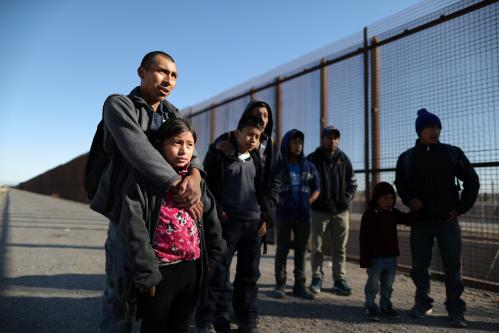
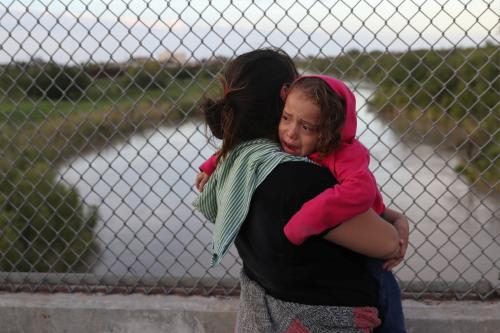

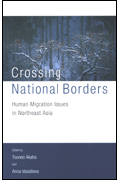
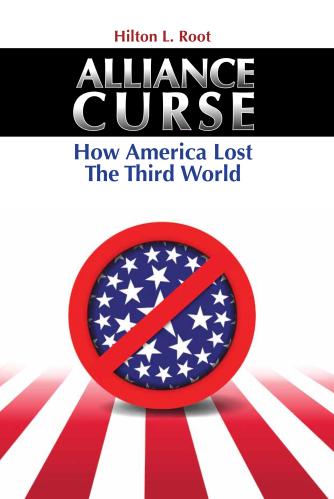
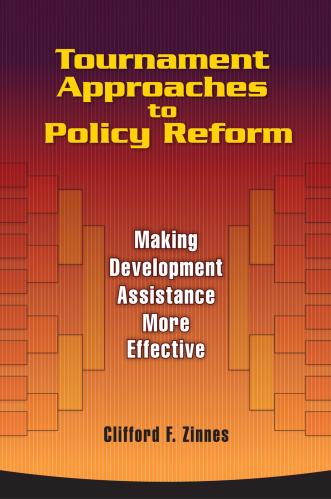

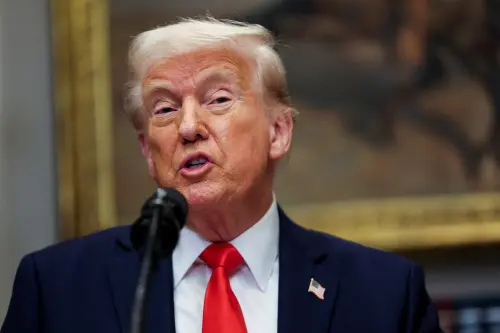
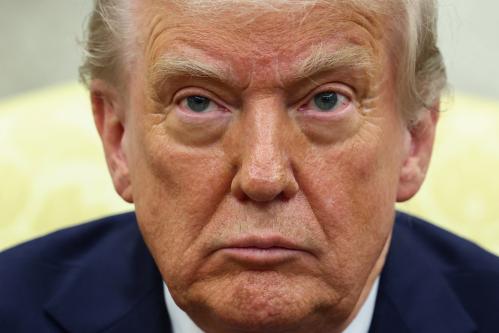
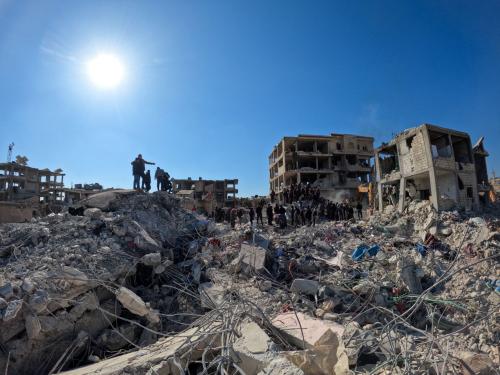
Commentary
How foreign aid helps Grand Rapids, Michigan
July 11, 2017